Join the Corps! The Colonial Marines Operations Manual for Alien: The Roleplaying Game
When Free League Publishing released the ALIEN Roleplaying Game, the obvious next supplement (beyond adventures) was a book about the Colonial Marines, featured so prominently in the film ALIENS and subsequent comics and books. The ALIEN Roleplaying Game core rulebook has proven to be very successful, coming in as one of the top five bestselling RPGs in 2021. Black Gate’s own E.E. Knight reviewed that book, which you can read here.
This author’s personal take on the core rules is that they are superb. They capture the cosmic-slasher-horror and cyberpunk-ish setting of the ALIEN universe as we’ve come to understand it. Combat is deadly and the stress mechanic is brutal, particularly when fighting the titular xenomorphs. Characters quickly succumb to all sorts of panic as they witness their human allies impaled by spiked tails, dragged away to become home to the alien implanted larvae, see humans metamorphose into something else as they encounter black goo or corporate experiments with it, and many more. The game is intentionally unfair and unbalanced against players (which they need to understand upfront). When all the players accept this and engage in the store, this results are exciting and memorable roleplaying. Players generally know their character are likely doomed and still work to find their way out. A sliver of hope.
The game presents two broad styles of play: cinematic and campaign. Cinematic play is intended to capture the feel of ALIEN or ALIENS. These are particularly fun but also result in many characters deaths as they succumb to xenomorphs or something related to that. While they can take place over a few sessions (two to three generally), one-shot games fit into cinematic play.
Campaign play will be familiar to most RPG players and game masters (or Game Mother has ALIEN refers to them). These are longer stories. Players in these games tend to see their characters live longer. In this case, the game recommends not including xenomorphs or the derivatives too often. Doing so, substantially increases the likelihood of character survival (it’s still a deadly game though, but the stress spiral eases up without going away) from session to session. Campaigns can spend more time in the ALIEN universe and are reminiscent of more traditional science fiction games: hauling goods from one system to the next, exploration and colonization, corporate espionage, etc.
The Colonial Marines Operations Manual is the first of several planned supplements to help flesh out this universe and provide material for campaign play (though munch will also work in cinematic play). Straight up, this supplement is a tour-de-force. Anyone interested in playing the eponymous Colonial Marines or a campaign centered around them will find much in this book. In fact, it’s a must have book.
The book’s ten chapters and 352 pages provide a wealth of material. The first three chapters provide information on what life is like in the corps, a history of it — along with substantial contextual history — and various units and branches. In the ALIEN universe, humanity’s governments are still centered on earth, but are significantly larger and often under the influence of major corporations. The Colonial Marines are a branch of the United Americas (think a union of North and South America) formed to help maintain the peace in colonies, enforce common laws amongst the governments, and help ensure the safety of UA colonies as they encounter indigenous, alien life — so called bug hunts.
The book covers the numerous conflicts that the Colonial Marines have participated in and current state of the corps. One can read about the initial conflicts between the Union of Progressive Peoples (UPP) — a resource poor but world rich socialist government — biological warfare, including the Blight of ‘62, Arcturian police actions and the consequent Operation Arcturan Freedom, the Dog War, and the current cold war between the UA and UPP in what is called the Frontier. The book drops numerous tidbits about the Nostromo (the ship where most of the action takes place in ALIEN), Hadley’s Hope (where ALIENS takes places), and Fiorina 161 (the prison where ALIEN III occurs). This is only a tiny bit of the sweeping history and information provided. Tight writing with a wealth of detail packed in is a hallmark of this book. Here is a snippet about the Khadaji Campaign, which provides enough detail to give flavor and hooks but not be a tome:
The USCMC raids the Lebanon II colony in the 3WE Khadaji system, destroying a secret UPP supply base planetside. The UA annexes the system and claims the rights to Helene 215 as well, declaring the takeovers “a matter of colonial security.” The UPP leaves the UNISC.
Chapter 3 dives into the structure of the Corps: Its primary theaters of operations and command structure and organization. However, the Colonial Marines operate as part of the United Americas and other military branches exist. The United Americas Allied Command, Aerospace Forces, Canadian Colonial Armed Forces, Latin American Colonial Navy, and Outer Rim Defense Fleet receive concise summaries about their role and purpose. The Three World Empire (the main Earth-based government rival to the UA), UPP, and major corporate forces get some coverage as well. This provide the opportunity for campaigns to be based around the Royal Marine Commandos (of the Three World Empire) or UPP soldiers instead.
Chapter 4 expands the ALIEN Roleplaying Game’s character creation options focused around Marine players. Ten Military Occupational Specialties (MOS) provide unique combinations of key attributes, skills, and talents. Field Events provide a bit of character backstory before the timeline of the game begins properly. These include things like:
You buck authority, given the choice of prison or the Corps, you chose the latter. You do your job but still don’t like being told what to do. Gain the Hothead talent.
Or
Manning a checkpoint on a war-torn colony world, you spotted suspicious behavior and shot the suicide bomber dead, saving a dozen lives in the process. Gain +1 OBSERVATION skill.
The supplement provide an additional five talents, which are specific areas that players excel in or have a natural tendency to perform well in. These provides bonuses in specific circumstances. The five new ones are All-Terrain Driver, Heavy Weapons, Bypass, Hug the Dirt, and Remote. Bypass, as an example, gives that player a +2 on COMTECH checks when unlocking a door using diagnostic devices to open doors.
While the core rulebook provide a variety of weapons and gear, the Colonial Marines Operations Manual details a number of others: four pistols, six rifles, six heavy weapons (grenade launchers, light energy weapon, etc.), eight explosives, along with additional basic gear, and body armor.
The Manual expands the vehicles and starships by significant amounts. APCs, tanks, artillery, and strike ships will provide any Marine contingent significant firepower. Additionally, a number of vehicle weapons are included for installation: Gatling guns, flame throwers, missiles, and so on. The UPP Kremlin Class Hunter-Destroyer at 900 meters long and packed with an array of armaments can provide a significant obstacle to a number of opposing ships.
All the the new weapons, vehicles, and ships included designations for the primary nation that uses them, thus allowing the Game Mother to appropriately equip opposition forces along with giving variety to the gaming world.
Chapter 6 focuses on what a marine campaign looks like. This is preliminary information to the actual campaign documented later. For that, the PCs are attached to the 33rd Marine Assault Unit (MAU) operating in the Outer Veil. The chapter describes the various rifle companies and tank, heavy weapons, and artillery platoons along with the dropship squadron. The USS Tamb’Itam starship serves as home base. The PCs are members of a rifle squad, 2nd Platoon, Kilo Company. The four-person squad is the ideal size for a player group (along with the Game Mother). Though it is easy enough to accommodate more or few players.
Other marines in the platoon can serve as replacement PCs should the players, um, lose theirs.
The book provides a random mission-type generator if needed, and each mission type is described at a high level along with the common complications to keep things interesting. In total, this supplement provides 13 mission types ranging from recon to investigation and space traffic security to bug hunt.
Fortunately for the marine, not all time is spent dying at the hands of xenomorphs or helping to keep space safe. The chapter includes ideas for both squad and personal downtime activities. Going to a bar with the squad mates and getting into a fight. Watch over new recruits. Or even be subjected to some psychological experiments.
And yes, the book includes a recipe for cornbread. (For those not aware, cornbread is part of a famous scene in the ALIENS movie.
Chapter 7 dives into numerous star systems where marines have bases or a important presence. This includes details about the Arcturians: they are near human and culturally advanced. For use as NPCs, the book gives stats. Arcturus is home to numerous artifacts left behind by the “Star Teachers,” whom the Arcturians are awaiting the return of. They do, however, take jobs with the humans — typically roughneck jobs on the Weyland-Yutani farms.
Garrison System Upsilon carries the classified designation. This is an area for the Game Mother to use as a black project site or whatever. The system descriptions include numerous hooks and additional information to be used in adventures.
Speaking of black projects: Chapter 8. Megacorporations are not the only bad actors when it comes to experimenting and attempting to find more efficient killing methods. Three UA and one UPP black project ranging from the Artificial Womb to Darkstar provide the Game Mother opportunities to encounter and potentially expose these dangerous programs. Or… agree with them. This chapter includes a three new xenomorph type—results of the black projects. More fodder for the Game Mother to implement terror into games.
Chapters 9 and 10 cover the Frontier War, a campaign rich in hours of play and possibility. Chapter 9 lays out the essential background and introduces the key players and factions, along with presenting the campaign’s denouement. Chapter 10 covers the prepared seven missions in detail.
For as long as I have been a game master (a long time), I have rarely run pre-written prepared adventures. Maybe a handful of times (and usually re-running Traveller’s Murder on Arcturus Station). I want to run this campaign. I will not dive into much detail to avoid spoiling it for players.
Of the seven missions provided, only one needs to be played in a particular order — the end. The rest can be played whatever order is desired. Each adventure focuses on a particular mission and includes optional side missions that add to the overall campaign. Additionally, those six missions include pieces of the Metapuzzle. These are clues dribbled through those missions that lead up to the big reveal. A very clever way to not force playing the missions in a specific sequence.
Essentially, the campaign can be approached as a sandbox. The players have a number of missions they can take up, which can include missions outside the specific campaign. As they complete the core set of missions, they encounter the truth. Along the way, they will have options and choices—some of which may be fateful. The chapters include fantastic advice for running the campaign and ensuring the players have agency and the likely resulting consequences for picking one faction over another.
This is a campaign, and thus, not every mission is includes xenomorphs or other such terrors — though they are in the campaign. Nonetheless, the game is deadly, and even encounters with hostile human factions could result in character death. That still has — to me — the right feel. This is the Frontier War. An armed conflict, and the characters are playing soldiers in that fight. Some will not make it. The ALIEN The Roleplaying Game is just as much about humanity’s place in the universe as it is about the xenomorphs — albeit in a largely grim universe. As Ripley said to corporate lackey Burke in ALIENS:
You know Burke, I don’t know which species is worse. You don’t see them f***ing each other over for a goddamn percentage!
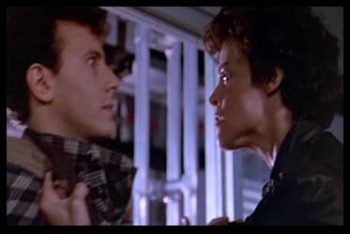
Colonial Marines Operations Manual provides an amazing amount of fantastic content. Easily one of the best supplements for a modern game that I have read in years.
You can get it at your local gaming store or from Free League Publishing directly.
Patrick Kanouse encountered Traveller and Star Frontiers in the early 1980s, which he then subjected his brother to many games of. Outside of RPGs, he is a fiction writer, avid tabletop roleplaying game master, and new convert to war gaming. His last post for Black Gate was Exploring and Adventuring the Traveller Way: The Sky Raiders, Part 2. You can follow him and his brother at Two Brothers Gaming as they play any number of RPGs. Twitter: @twobrothersgam8. Facebook: Two Brothers Gaming.
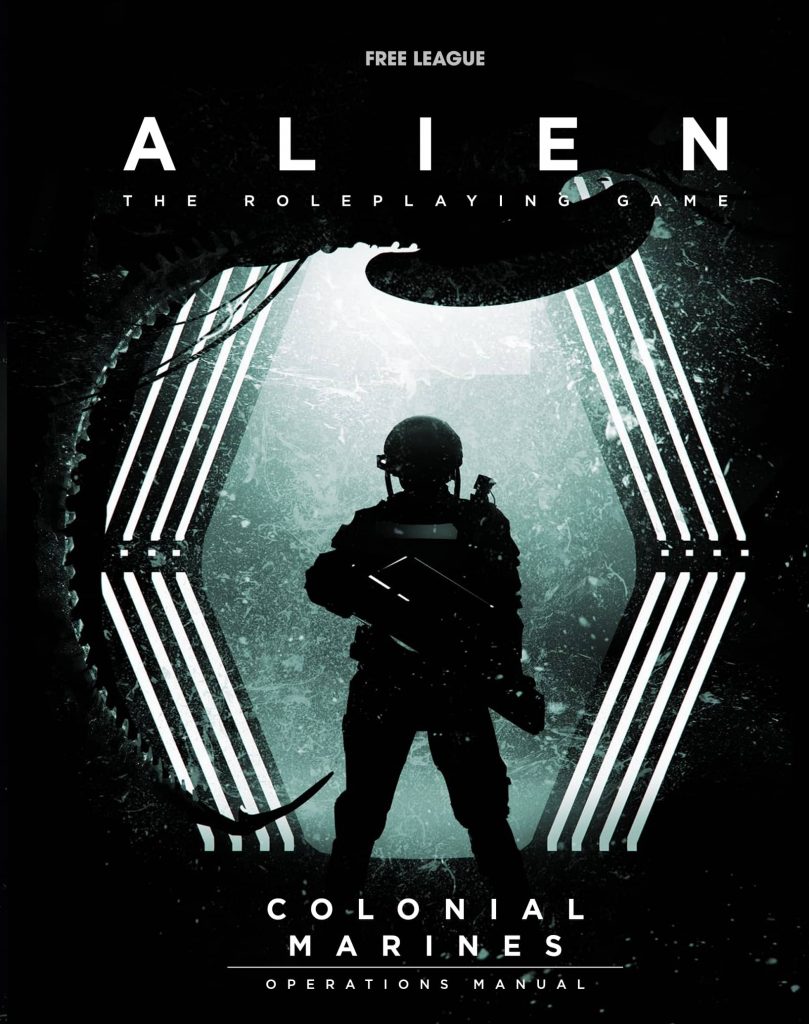
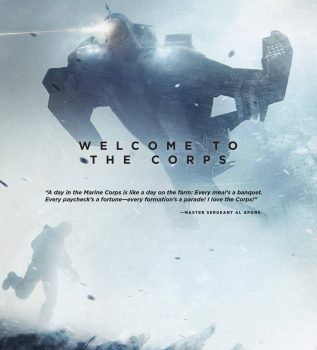
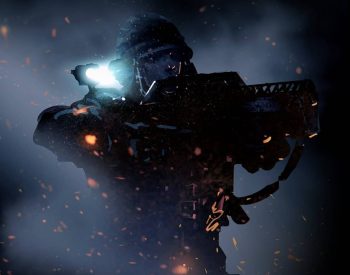
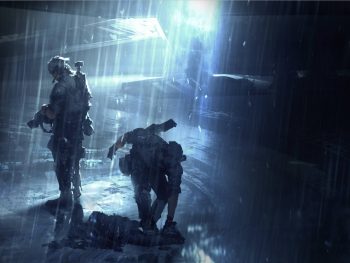
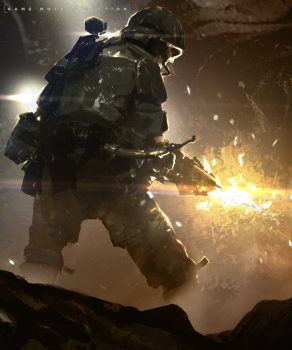
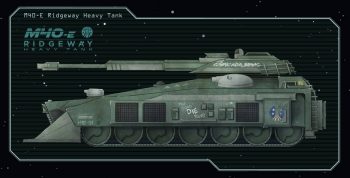
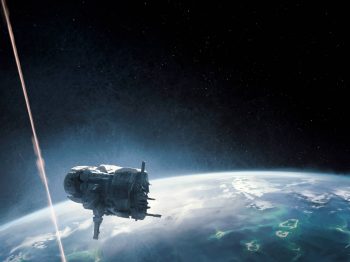
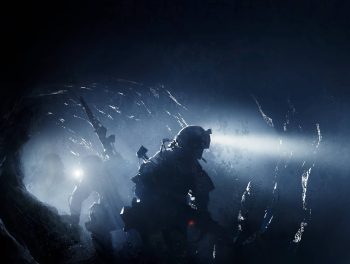
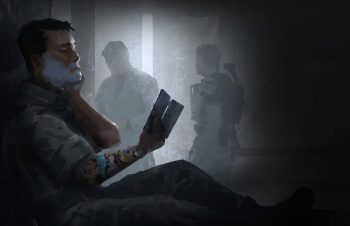
Pretty accurate, the campaign is brutal and, just like the movies, drops the protagonists into nightmare situations where the people who sent them are not always doing the right and honourable thing. I like this moral conflict, the more you play, the more you learn and at some point you may have to decide to willingly go along with it, or rebel. Both courses of action have consequences.
I liked the art, it has a appropriate feel. The layout does a good job of breaking up what would otherwise be pages of text.
Neil thanks for reading and replying! I think the art is fantastic. Agree with you 100%.
Informative. I really want to get this campaign setting.
You won’t regret it! I’ve rarely run any pre-made adventures in my decades of GMing. This is one of the few that I want to run–and will.